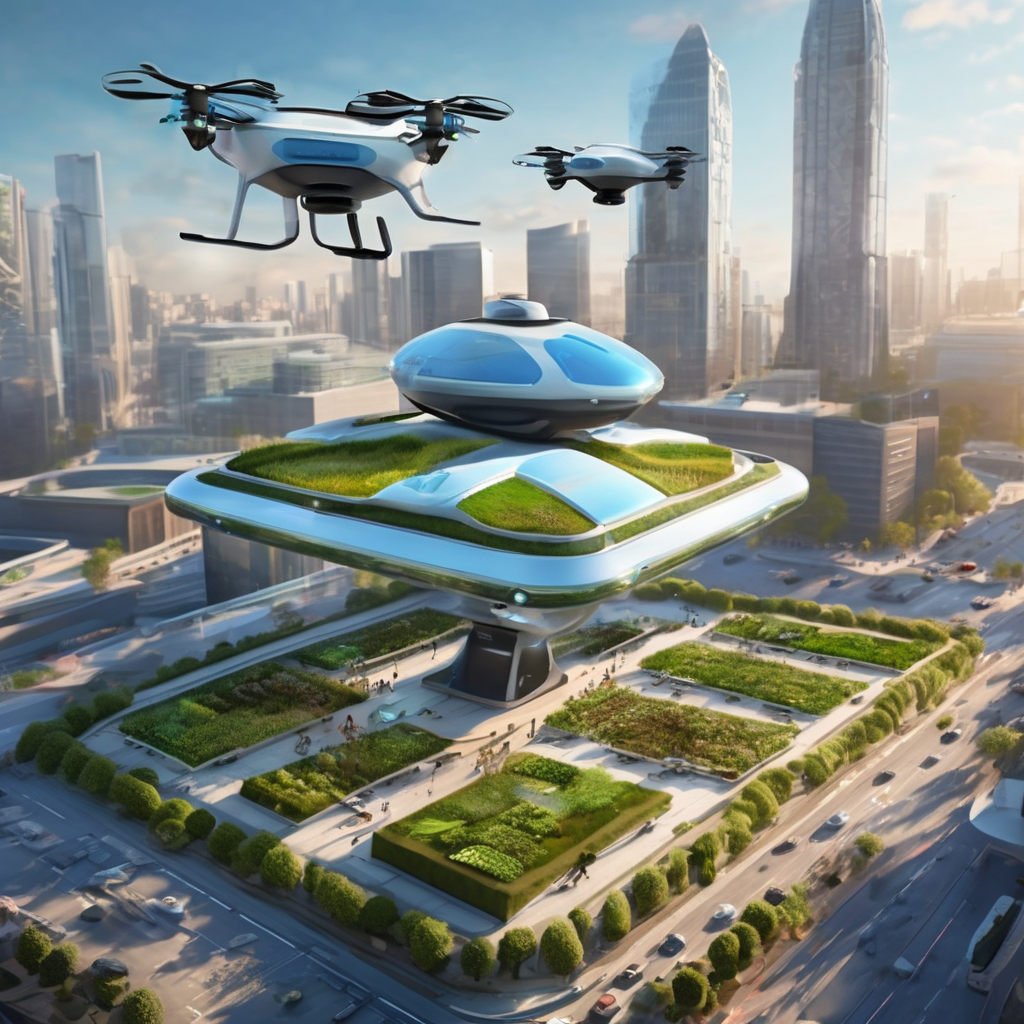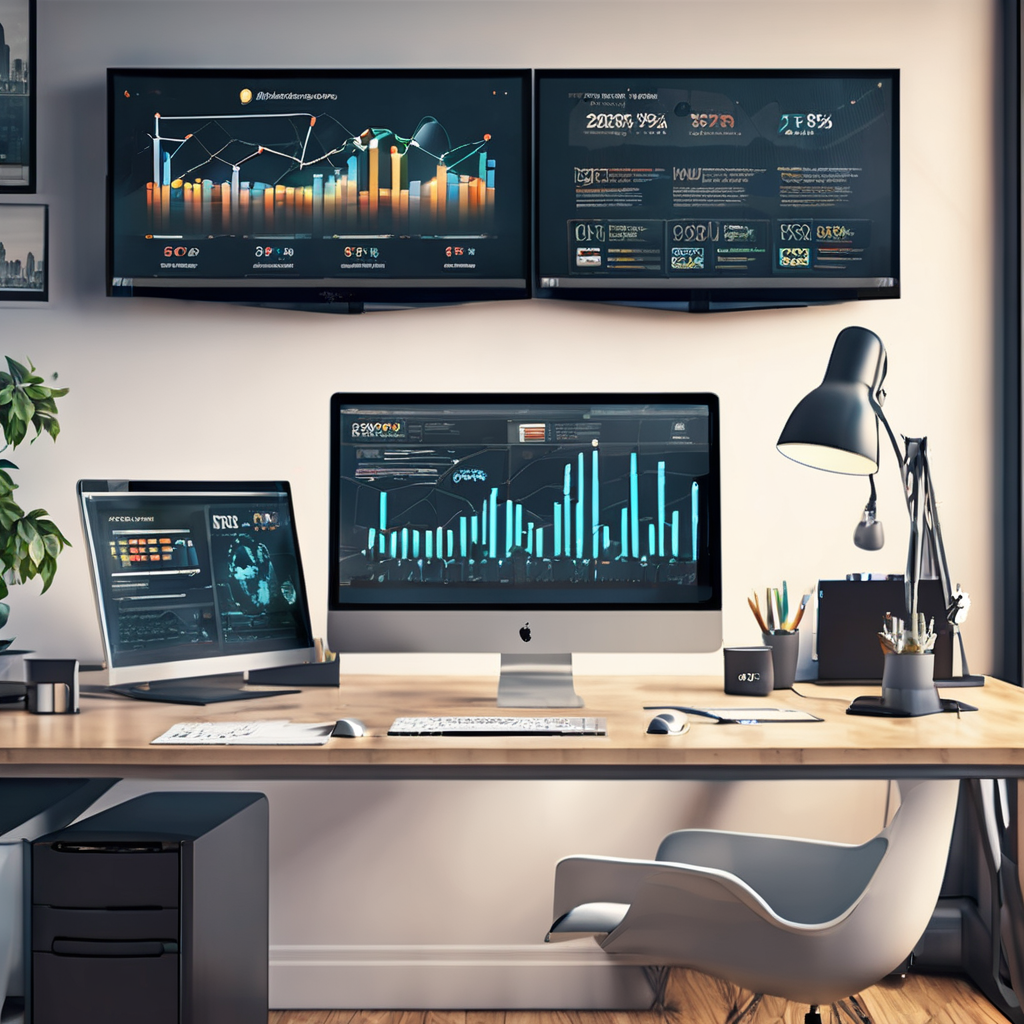
When OpenAI released the ChatGPT generative AI chatbot to the public on November 30, several factors were in play. The S&P 500 had a much lower value, tech spending was recovering from the post-pandemic slump, and there were concerns about a potential recession or high inflation. Despite these challenges, the launch of ChatGPT hinted at the transformative impact of generative AI. Tech stocks, particularly those involved in artificial intelligence products, experienced significant growth. Microsoft, an investor in OpenAI, saw a 6% increase in its stock, while AI chipmaker Nvidia climbed 8%. Other tech companies, such as Alphabet and Meta Platforms, also experienced notable stock price increases. Analysts, like Wedbush Securities' Dan Ives, believe that the launch of ChatGPT could lead to an additional $1 trillion in artificial intelligence-related spending over the next decade, which was not previously anticipated by Wall Street. This economic impact could have far-reaching effects, with some experts even envisioning a new era similar to the Roaring '20s, driven by the advancements in AI. The consensus among experts is that generative AI will revolutionize various industries and lead to a surge in productivity after a prolonged period of stagnation. Productivity growth is particularly crucial at this time due to the challenges imposed by labor shortages, an aging population, and deglobalization, all of which contribute to inflationary pressures. Despite short-term pessimism, economists at Deutsche Bank remain enthusiastic about the potential of AI to transform economies, even labeling it as "an immense source of optimism" for the decade ahead. However, there are concerns about past waves of technological advancements that did not result in the desired productivity growth. For generative AI, Goldman Sachs economists predict that it could boost U. S. labor productivity growth by 1. 5 percentage points annually over the next decade, doubling the lackluster 1. 4% rate since 2005. They also foresee wider profit margins for companies in the S&P 500, with a possible increase of four percentage points from the 12% average of recent years. Additionally, global GDP could grow by an additional 7 percentage points, equal to $7 trillion, in the same period. Solita Marcelli, CIO for UBS Global Wealth Management in the Americas, argues that increased investment driven by generative AI strengthens the case for a secular bull market reminiscent of the Roaring 1920s, characterized by sustained growth, falling inflation, strong employment gains, rising productivity, and revolutionary technological change. The rapid adoption of ChatGPT, which gained 100 million users in just two months, supports the belief that the U. S. is on the verge of a productivity boom. The threshold for broad productivity gains is typically reached when half of businesses adopt a new technology, and this milestone could be reached sooner rather than later, given the growing interest and uptake of artificial intelligence mentioned during earnings calls. Unlike other branches of AI, such as machine learning, generative AI responds to natural language commands. This versatility makes it suitable for automating routine and repetitive tasks. However, there are still questions about the potential productivity boom and what obstacles could impede its realization. Generative AI's ability to automate creative content is seen as a game-changer.
OpenAI's GPT-3. 5, the model behind ChatGPT, absorbed a vast amount of text from books, articles, and websites to create a large language model. It was also trained to mimic human-like outputs to convincingly generate content. ChatGPT has been described as an advanced autocomplete tool that can provide cover letters, essays, stories, marketing pitches, travel itineraries, and even legal briefs. Goldman Sachs economists estimate that generative AI could automate up to 44% of legal work. Moreover, generative AI can generate images, computer code, and complex designs, as shown by Microsoft's GitHub Copilot and OpenAI's DALL-E foundation model. These applications have already made an impact in fields such as engineering, architecture, and drug discovery. McKinsey & Co. analysts suggest that generative AI will have the most significant impact on higher-wage knowledge workers, automating tasks that were previously considered resistant to automation. However, concerns about job displacement and how the labor market will adapt to these changes remain. Previous technological transformations have resulted in workers transitioning to new jobs and seeing an increase in pay. However, given the scale and labor-saving nature of generative AI, it remains to be seen if history will repeat itself. The government's response to worker displacement will also influence the market. Tax increases could undermine AI's profit margins, and income support programs or a universal basic income could raise rates and counteract AI's deflationary effects. Geopolitical considerations pose significant risks to the AI investment boom, particularly in terms of chip supply. The U. S. and its allies are working to prevent advanced semiconductors and chip production equipment from falling into China's hands, deepening the rift between the two countries over Taiwan. Any threats to chip supply could lead to volatility in the S&P 500 and Nasdaq. Despite these potential obstacles, the market is optimistic about the potential of AI, and companies are investing heavily in AI development. Morgan Stanley analysts anticipate a tripling of the market for AI semiconductors, and the broader AI technology market is projected to grow substantially. Nvidia, in particular, has seen significant stock price growth due to increased demand for AI chips. Microsoft's introduction of Microsoft 365 Copilot, a generative AI version of its business software suite, has the potential to generate substantial revenue. While there are concerns about near-term corrections and inflationary pressures resulting from increased capital investment and stock market wealth, many experts believe that the AI-driven market outlook is positive. However, the market will need to navigate uncertainties surrounding productivity gains, the job market, and potential disruptors such as geopolitics and supply chain issues.
None


An AI company has made a landmark advancement in last-mile delivery by beginning to deploy autonomous delivery drones in select urban areas, marking a major integration of artificial intelligence into everyday logistics and supply chain operations.

Dallas-based KISS PR has unveiled a detailed guide illustrating how artificial intelligence is reshaping SEO strategies in 2025, emphasizing the integration of strategic press release distribution to secure first-page Google rankings.

Dell reported its fiscal third-quarter earnings on Tuesday, revealing revenue that fell short of Wall Street’s expectations, but it projected a stronger-than-anticipated fourth quarter fueled by increased AI sales.

MarketOwl, a leading social media marketing management platform, has introduced an innovative feature exclusively for its AI SMM Manager subscribers that revolutionizes visual content creation.

Market intelligence is undergoing a fundamental transformation fueled by data science and AI, enabling companies to gain predictive advantages within their industries.

As remote work becomes a fundamental part of the modern workplace, the demand for advanced video conferencing tools has surged, with artificial intelligence (AI) playing a crucial role in enhancing these platforms.

The Accelerated Transition to AI-Enhanced Video Conferencing in Remote Work Settings The widespread move toward remote work has greatly increased reliance on video conferencing platforms, driving rapid innovation in integrating artificial intelligence (AI) to enhance virtual collaboration
Launch your AI-powered team to automate Marketing, Sales & Growth

and get clients on autopilot — from social media and search engines. No ads needed
Begin getting your first leads today